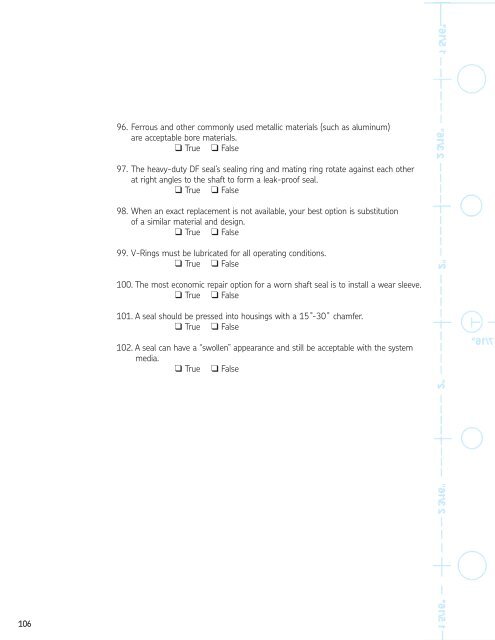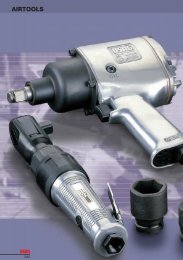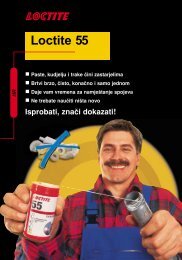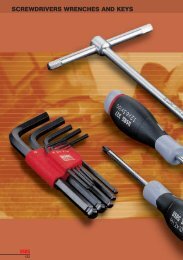Industrial seal self study guide - SKF.com
Industrial seal self study guide - SKF.com
Industrial seal self study guide - SKF.com
You also want an ePaper? Increase the reach of your titles
YUMPU automatically turns print PDFs into web optimized ePapers that Google loves.
96. Ferrous and other <strong>com</strong>monly used metallic materials (such as aluminum)<br />
are acceptable bore materials.<br />
❑ True ❑ False<br />
97. The heavy-duty DF <strong>seal</strong>’s <strong>seal</strong>ing ring and mating ring rotate against each other<br />
at right angles to the shaft to form a leak-proof <strong>seal</strong>.<br />
❑ True ❑ False<br />
98. When an exact replacement is not available, your best option is substitution<br />
of a similar material and design.<br />
❑ True ❑ False<br />
99. V-Rings must be lubricated for all operating conditions.<br />
❑ True ❑ False<br />
100. The most economic repair option for a worn shaft <strong>seal</strong> is to install a wear sleeve.<br />
❑ True ❑ False<br />
101. A <strong>seal</strong> should be pressed into housings with a 15˚-30˚ chamfer.<br />
❑ True ❑ False<br />
102. A <strong>seal</strong> can have a “swollen” appearance and still be acceptable with the system<br />
media.<br />
❑ True ❑ False<br />
106







